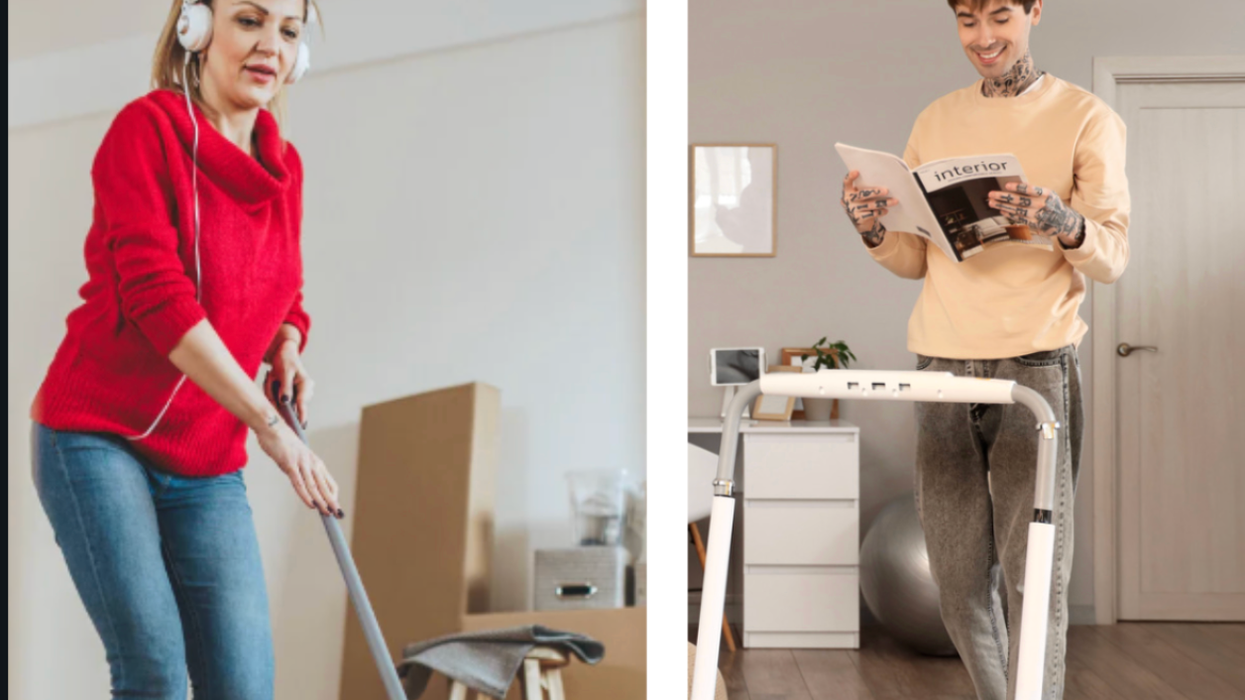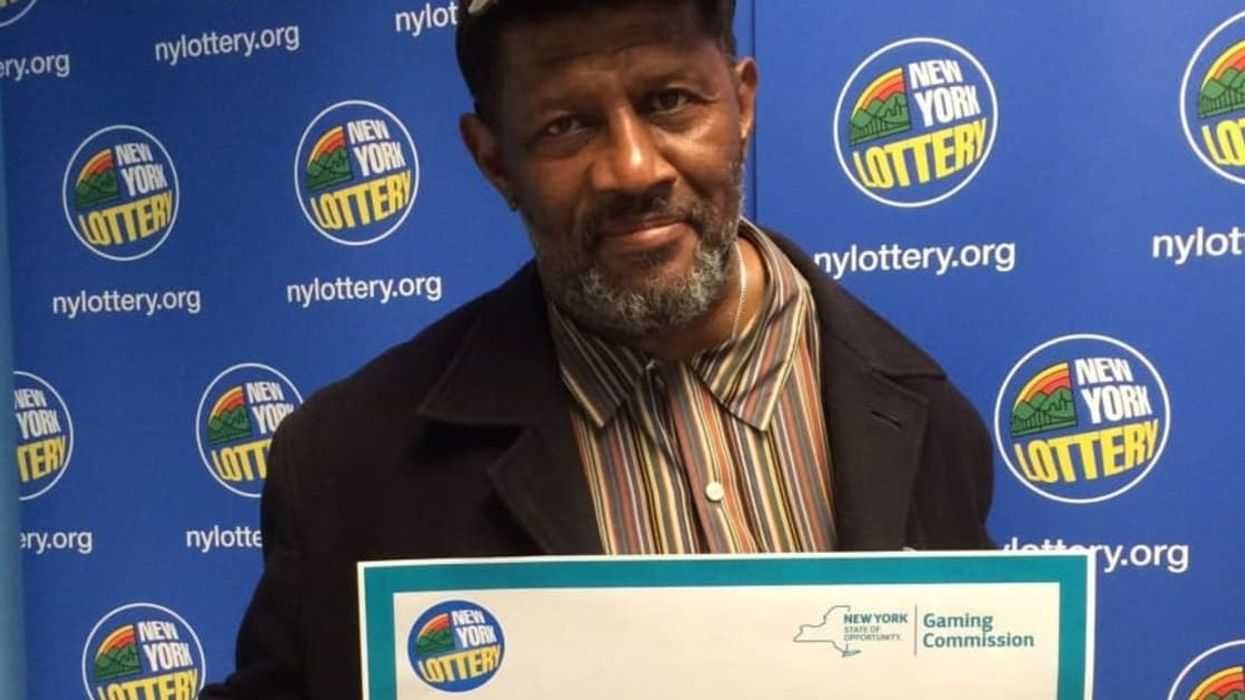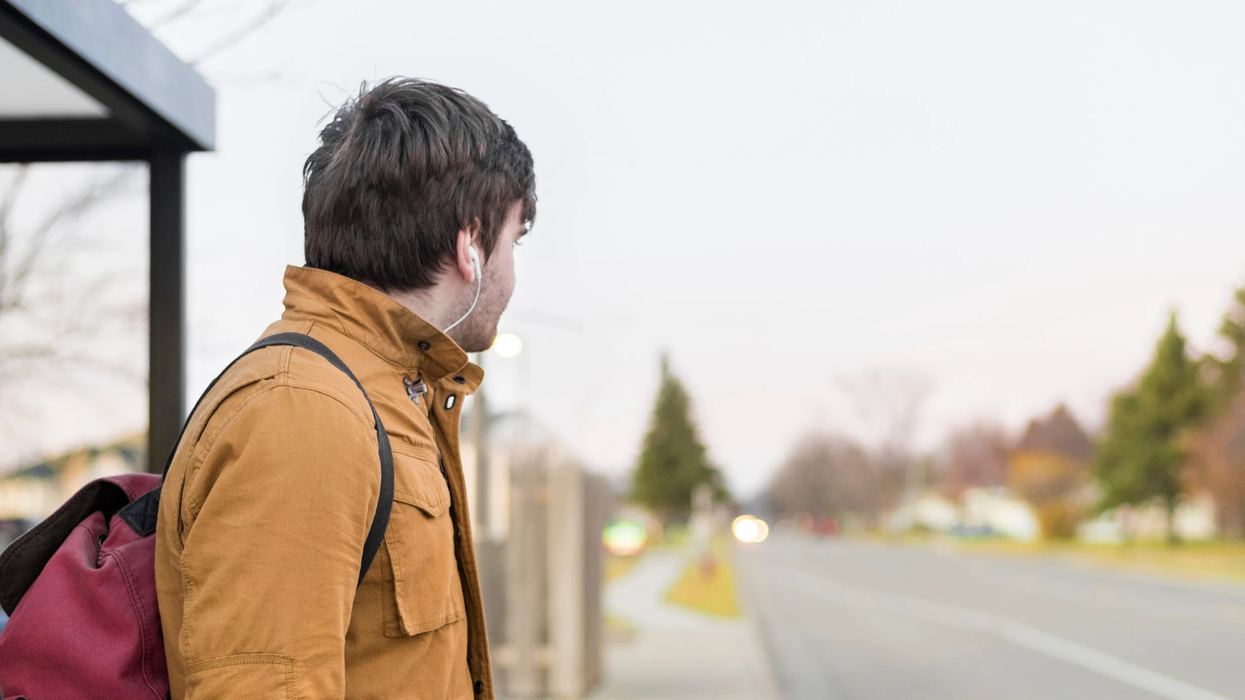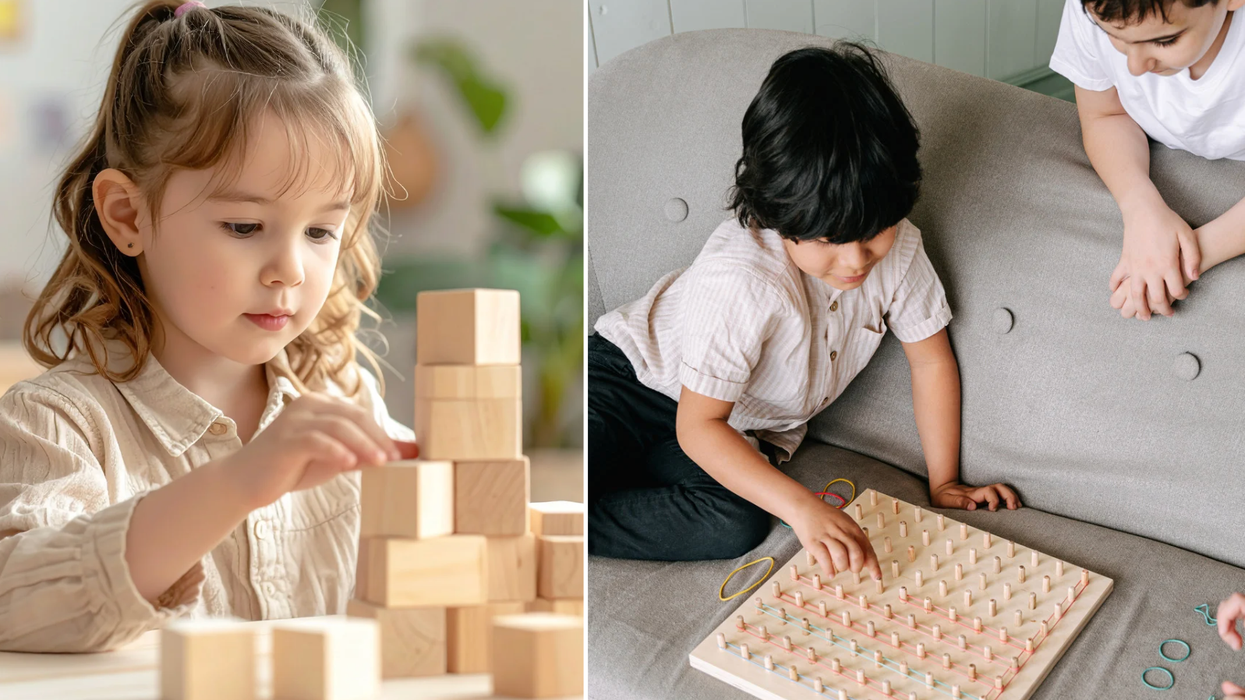When New Orleans resident John Calhoun evacuated for Hurricane Katrina on August 28, 2005, he left home with a couple of changes of clothes and fifty bucks in a small backpack. “I packed for an evacuation, not a disaster,” says the 42-year-old benefits auctioneer. Six weeks later, when he returned to his flooded Mid-City home, Calhoun managed to salvage a few of his belongings—but volunteers did the hard work of mucking out his home.
[quote position="right" is_quote="true"]Baton Rouge helped us in our time of need so we’re going to do the same thing.[/quote]
Now Calhoun is paying it forward, volunteering with a caravan of 50 to help those impacted by the 1,000-year flood that ravaged 60,000 homes in the Baton Rouge area earlier this month. In the immediate aftermath of Hurricane Katrina, the Baton Rouge area took in 200,000 displaced New Orleanians—many of whom are looking for ways to return the favor.
“There’s a lot of sentiment in the city that Baton Rouge helped us in our time of need so we’re going to do the same thing,” says Laura Paul, who works with lowernine.org, a house-rebuilding organization in New Orleans’ Lower Ninth Ward. With fellow relief organization Common Ground Relief, Paul organized a crew of 15 people to gut houses in Baton Rouge.
Paul and Calhoun made arrangements with their crews via their personal networks, though social media is transforming Louisiana disaster relief on a much broader scale. The Cajun Navy, an informal group of volunteers who used their own fishing boats to help in the rescue of 30,000 people affected by the latest flood, used Facebook to coordinate.
The situation was very different for 37-year-old contractor Brooke Brown, who was in Seattle when Katrina hit. Brown didn’t know about the flood until she saw a copy of Time magazine on her roommate’s table, the cover photo featuring a man pushing his wheelchair-bound grandmother through the water.
“He was crying, looking in an upward direction,” Brown recalls. That image compelled her to travel across the country to volunteer for a month. She ended up staying for 11 years. “The thing I wanted most after Katrina was an online message board” to make rescues and relief work much easier, she says. “I kept looking and asking if anything like that existed.”
After noticing a stream of requests coming in through Facebook, Brown and her collaborator, Dean Bigbee, decided to build an online platform to consolidate and centralize requests to quickly connect people who wanted to help with those who needed it. The site, helpla.votefest.org, today hosts information about supplies, labor, carpools, and donations. Users can donate to those in need or contact homeowners to coordinate a renovation crew.
[quote position="left" is_quote="true"]What I've learned about relief work is you just show up. You don’t have to be anyone special. [/quote]
One of those homeowners, Ja’el Gordon, resides in Baton Rouge. Brown kicks her boot Gordon’s wall and a large chunk falls to the ground. For four hours, she and four other volunteers have been pulling out baseboards, tearing out sheetrock, disassembling the bathroom sink, and hauling everything outside. Stacked on the curb are piles of furniture, appliances, mattresses and clothing four-feet high. The same pile is repeated in front of most houses on the street.
A single mom and doctoral student, Gordon, 36, has lived in the neighborhood since she was six. She says she’s never seen anything close to the flooding this month. An astonishing 6.9 trillion gallons of rain fell in southeast Louisiana between August 8 and 14—an amount that could “fill 10.4 million Olympic-size pools,” according to CNN.
Though the floodwaters rose quickly, a neighbor was able to usher Gordon, her 10-year-old daughter, and other neighbors to safety in a schoolbus. After Gordon posted a Facebook request for volunteers to gut her home, Brown offered to organize a crew. “What I've learned about relief work is you just show up,” Brown says. “You don’t have to be anyone special. You show up and do what you can.”
Mareesa Villaire shovels sheetrock into industrial garbage bags. For her, volunteering is good opportunity to give time and energy when money is limited. Villaire once helped develop trails in New Mexico; the emotional component of her work in Louisiana—seeing people’s homes ruined; witnessing the remnants of their lives—makes it challenging. She opens the closet door in the 10-year-old Jae-lyn’s pink bedroom and points to a child’s marker scrawl. “You see it on the news,” she says, “but you’re not in that person’s house seeing little bits of their lives.”
Until their home can be repaired, Gordon and her daughter are staying on campus at Baton Rouge’s Southern University, where she works. Her daughter’s school flooded and she has been relocated to a new school a five-minute drive from the University.
[quote position="right" is_quote="true"]It’s cool to see people learn lessons from disaster and apply them to the next.[/quote]
Gordon says many Southern University students were impacted twice, first by Katrina and now by the 1,000-year flood. Since she coordinates campus involvement, Gordon has focused on getting students involved in relief efforts. “It’s something to keep them busy so they can help others. Even though I'm flooded out, I’m volunteering myself,” she says.
Ja’el’s brother Joseph Gordon drags a full garbage bag outside. “This shows the real love of humanity and people,” Joseph says. He appreciates help from volunteers because—like many of those affected—he has been going to work while trying to gut his home and those of family and friends. He says, “We talk about: ‘If I won the Lotto, I’d help this person,’ but even if you don’t, what would you do? You can still be that same generous person.”
In addition to contributing labor and resources, Paul says New Orleanians can offer wisdom. “There are lessons we can share and best practices,” she says. “We [also] need to share worst practices so people don’t make the same mistakes we made and that’s everything from knowing how to properly gut a house, what needs to happen next and also protecting people from contractor fraud, making sure people know that it’s important for them to register with FEMA, to know their rights and responsibilities.”
[quote position="left" is_quote="true"]I packed for an evacuation, not a disaster.[/quote]
A week after his first trip, John Calhoun went out again to gut houses. A group of his friends drove in from New Orleans with enough food to feed 300 people, much of it donated by the New Orleans Center for Creative Arts, an arts-training school for high schoolers. While people have donated money to large nonprofits like the Red Cross in the past, he’s glad that this time around, donors have expressed concern about the money and supplies getting to people directly who need it most in a timely fashion.
“It’s cool to see people learn lessons from disaster and apply them to the next, to find smarter ways of helping,” he says.
















 Otis knew before they did.
Otis knew before they did.